GENEVA, Switzerland: The second meeting of the Conference of the Parties (COP2) to the Minamata Convention on Mercury was held at the International Conference Centre Geneva from 19 to 23 November. It was determined in this session that all future COP meetings will be held in Geneva. The Minamata treaty, which came into force on 16 August 2017, now has 128 signatories, and 101 countries have ratified it. As at the first COP meeting, dental amalgam continued to be a major focal point at COP2.
Say No To Mercury, an Australian non-governmental organisation, joined forces with the International Academy of Oral Medicine and Toxicology (IAOMT), whose representatives span the globe, including Brazil, Chile, Italy, the Philippines, Slovenia and South Africa. They submitted a joint paper titled Dental Amalgam–A Major Topic at COP2, which identified the following pathways: dental office wastewater, dental waste going into landfills, air discharge from dental offices, incineration of dental waste, cremation, burial, human waste, mercury vapour from breathing, and illegally sold dental mercury for artisanal and small-scale gold mining.
Harmonised custom codes were also addressed to include not only bulk mercury for dental use, but also encapsulated dental amalgam. In addition, all parties and non-parties to the convention were asked to consider implementing steps to reduce or eliminate the environmental pathways created by the use of mercury from dental amalgam, including mandatory mercury amalgam separators. This was in accordance with the Minamata Convention’s nine measures to phase down the use of dental amalgam, namely promoting the use of best environmental practices in dental facilities to reduce releases of mercury and mercury compounds to water and land.
Throughout the week, Say No To Mercury and IAOMT members met with delegates to discuss strategies for implementation of these nine measures to phase down dental amalgam use. A luncheon meeting was held with Mohammed Khashashneh (Jordan), vice president of the group of Asian and Pacific country members of COP, along with industrial engineer Ali Sabra of Lebanon, who wish to arrange a regional meeting with both parties and non-parties in cooperation with all relevant stakeholders; including ministries of health, IGO’s, dental associations, and NGO’s of the convention on mercury-free dentistry, incorporating how to properly manage dental mercury waste.
Say No To Mercury and IAOMT also held discussions with Brazil, in which environmental analyst Camila Boechat and environmental health officer Luisa Gregorio of the Ministry of Health in Brazil shared perspectives on mercury-free dentistry. They were pleased that the first conference on mercury and human health to be held under the Fiocruz ministry of health would follow COP2, in Rio de Janeiro in Brazil on 29 and 30 November. There, Dr Sandra Hacon will be presenting on the Minamata Convention, and President of the IAOMT Brazilian Chapter Dr Martha Faissol will be discussing safe removal of dental amalgam.
The Africa group was extremely vocal in its concerns on dental amalgam, and the urgency to stop its use in order to protect the health of women and children. Many of the participants were in support of following the European Union’s ban of dental amalgam for children under 15 and pregnant or breastfeeding women that came into effect on 1 July 2018.
The Latin America and Caribbean group also supported this ban. The environmental project coordinator for Honduras, Pablo Rodríguez, shared his country’s pilot project on eliminating products and processes that use mercury in the health care sector in the four largest hospitals in the country. They have eradicated the use of medical devices that use mercury and the use of dental amalgam in these hospitals. He said that this project was started in 2014 and is gaining momentum and has now become the model for his country’s transition out of mercury use in the health care sector.
Representing VOCO dental materials, Peter Hoffmann shared with participants solutions for non-mercury dental restorations. It is extremely important, in particular for developing countries and countries in transition, to learn to use the atraumatic restorative treatment (ART) technique. ART was developed in Tanzania, more than 30 years ago as an alternative to conventional dental treatments.
A concerted commitment to end the use of dental amalgam was evident during COP2. Delegates throughout the week agreed that this use of mercury must end.
Tags:
LEIPZIG, Germany: Major dental manufacturers have begun the year with cautious optimism and an ear to the ground. The first financial quarter of 2025 did ...
GENEVA, Switzerland: The global regulation of dental amalgam has entered a new phase after parties to the Minamata Convention on Mercury adopted a decision ...
WHITE OAK, Md., U.S.: The U.S. Food and Drug Administration (FDA) has updated its guidance for the use of dental amalgam in tooth restorations. The agency ...
KUOPIO, Finland: The dynamics of a visit to the dentist extend far beyond the purely technical elements. The psychological comfort of the patient and the ...
ALEXANDRIA, Va., U.S.: This year, the Journal of Dental Research (JDR) is celebrating its publishing centenary. To mark the milestone, the journal has been ...
TROMSØ, Norway: To help with the lowering of stress and anxiety in some patients who find undergoing dental treatment difficult, dogs have been introduced ...
SINGAPORE: Today, the tenth IDEM which is taking place from 13 to 15 April, was officially opened. The mainstay of IDEM is its exhibition, which is this ...
SAN JUAN, Puerto Rico/SPRING, Texas, U.S.: Mercury in dental amalgam is a hidden source of global mercury pollution, resulting from factors such as the ...
STRASBOURG, France: Amalgam is the restorative material of choice for many dentists. It is the gold standard of dental care. However, its popularity has ...
GENEVA, Switzerland: Researchers from the University of Geneva (UNIGE) are seeking to learn why certain species of catfish are able to grow teeth outside ...
Live webinar
Mon. 12 January 2026
9:00 am EST (New York)
Prof. Judith Jones D.D.S; M.P.H., Prof. Kakuhiro Fukai D.D.S., Ph.D, Dr. Bathsheba (Bethy) Turton
Live webinar
Wed. 14 January 2026
12:00 pm EST (New York)
Dr. Théo Laplane, Dr. Robert Gottlander DDS
Live webinar
Fri. 16 January 2026
12:00 pm EST (New York)
Live webinar
Mon. 19 January 2026
1:00 pm EST (New York)
Philipp Kopp, Michael Seeber
Live webinar
Thu. 22 January 2026
2:00 pm EST (New York)
Dr. Nicola M. Grande DDS, PhD
Live webinar
Wed. 28 January 2026
8:00 am EST (New York)
Live webinar
Wed. 28 January 2026
11:00 am EST (New York)
Prof. Dr. Jan-Frederik Güth



 Austria / Österreich
Austria / Österreich
 Bosnia and Herzegovina / Босна и Херцеговина
Bosnia and Herzegovina / Босна и Херцеговина
 Bulgaria / България
Bulgaria / България
 Croatia / Hrvatska
Croatia / Hrvatska
 Czech Republic & Slovakia / Česká republika & Slovensko
Czech Republic & Slovakia / Česká republika & Slovensko
 France / France
France / France
 Germany / Deutschland
Germany / Deutschland
 Greece / ΕΛΛΑΔΑ
Greece / ΕΛΛΑΔΑ
 Hungary / Hungary
Hungary / Hungary
 Italy / Italia
Italy / Italia
 Netherlands / Nederland
Netherlands / Nederland
 Nordic / Nordic
Nordic / Nordic
 Poland / Polska
Poland / Polska
 Portugal / Portugal
Portugal / Portugal
 Romania & Moldova / România & Moldova
Romania & Moldova / România & Moldova
 Slovenia / Slovenija
Slovenia / Slovenija
 Serbia & Montenegro / Србија и Црна Гора
Serbia & Montenegro / Србија и Црна Гора
 Spain / España
Spain / España
 Switzerland / Schweiz
Switzerland / Schweiz
 Turkey / Türkiye
Turkey / Türkiye
 UK & Ireland / UK & Ireland
UK & Ireland / UK & Ireland
 Brazil / Brasil
Brazil / Brasil
 Canada / Canada
Canada / Canada
 Latin America / Latinoamérica
Latin America / Latinoamérica
 USA / USA
USA / USA
 China / 中国
China / 中国
 India / भारत गणराज्य
India / भारत गणराज्य
 Pakistan / Pākistān
Pakistan / Pākistān
 Vietnam / Việt Nam
Vietnam / Việt Nam
 ASEAN / ASEAN
ASEAN / ASEAN
 Israel / מְדִינַת יִשְׂרָאֵל
Israel / מְדִינַת יִשְׂרָאֵל
 Algeria, Morocco & Tunisia / الجزائر والمغرب وتونس
Algeria, Morocco & Tunisia / الجزائر والمغرب وتونس
 Middle East / Middle East
Middle East / Middle East

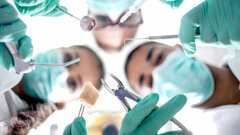


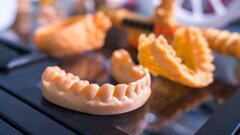


















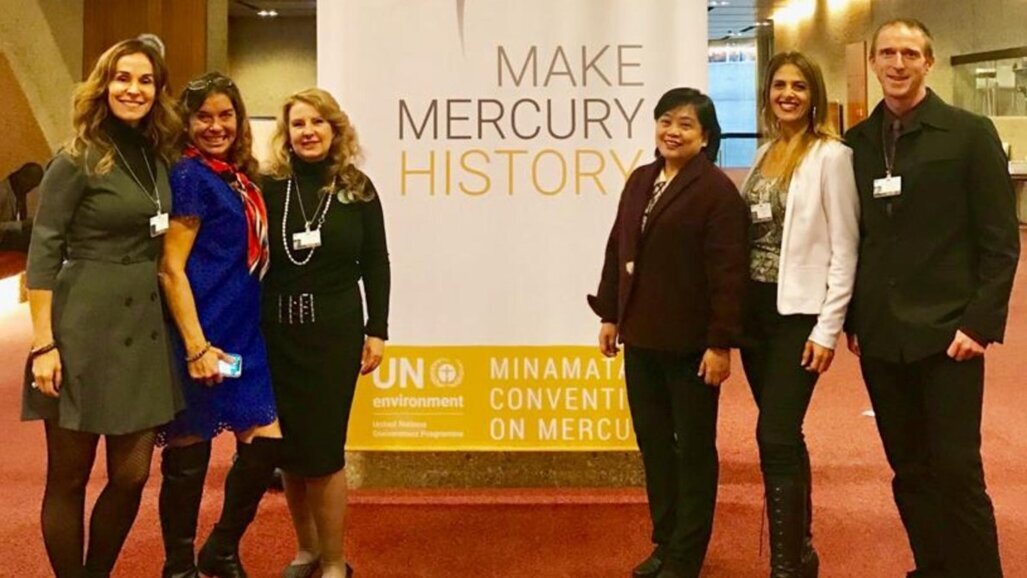

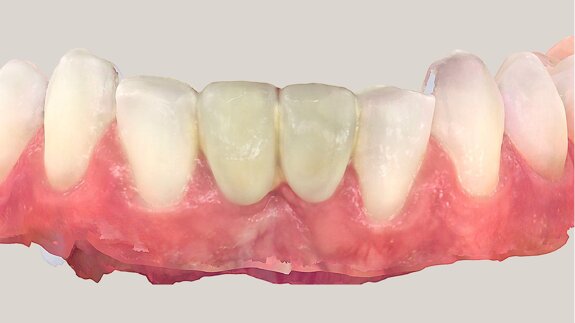

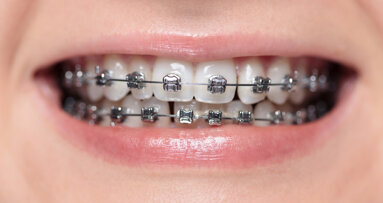
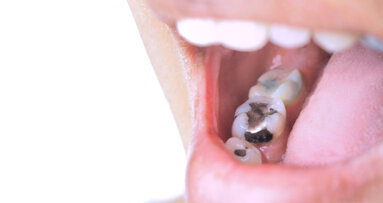
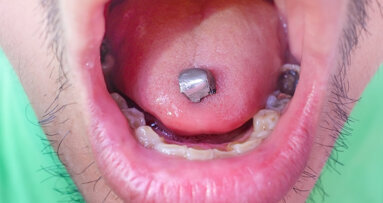



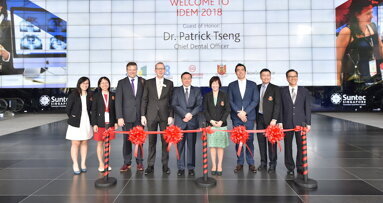
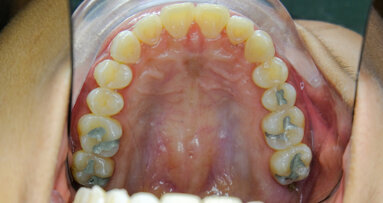
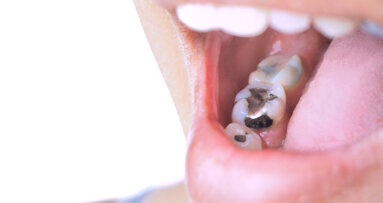











To post a reply please login or register